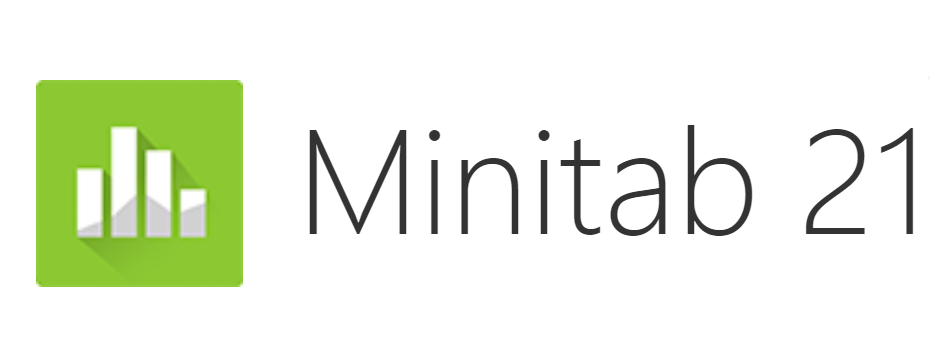SPSS and Python are two major tools in the field of data analysis, but their positioning and usage methods are completely different. SPSS is a professional statistical analysis software with a graphical user interface (GUI) as its core. Users can complete data analysis through menu operations without programming basics. Suitable for scenarios that require rapid execution of standard statistical tasks such as t-tests and regression analysis. Python is a general-purpose programming language that relies on code driven programming and requires mastery of syntax and library calls. Suitable for complex tasks such as machine learning, automated data processing, and scenarios that require high customization.
1. Enter data file
Taking the Chinese language scores of a class of students as an example, two variables, name and Chinese language scores, need to be set in the SPSS data table. The setting method is shown in Figure 1.

Figure 1: Setting Variable Attributes
After setting up, open the data view and input data into it, as shown in Figure 2.

Figure 3: Entering Student Grades
2. Analyze data files
After completing the data entry, as shown in Figure 3, click on "Analysis", "Description Statistics", "Description" in sequence, set the Chinese language score as a variable, then click on the options, select "Mean", "Maximum", "Minimum", "Variance", "Standard Deviation", "kurtosis" and "Skewness", and then click "Continue" to confirm.

Figure 3 Descriptive Statistical Analysis
The descriptive statistical analysis results of Chinese language scores are shown in Figure 4.

Figure 4 Analysis Results
If using Python for descriptive statistics, at least the following code needs to be run:
#Calculate the mean
mean(data)
#Calculate median
median(data)
#Calculate mode
mode(data)
#Extremely poor
ptp(data)
#Variance
var(data)
#Standard deviation
std(data)
#Coefficient of variation
mean(data) / std(data)
...
It can be seen that the Python language is very abstract and not beginner friendly, especially for users without a computer foundation. Many statistical analysis users are not professionals in the computer industry and have less time to learn languages, making it even more difficult to use Python.









